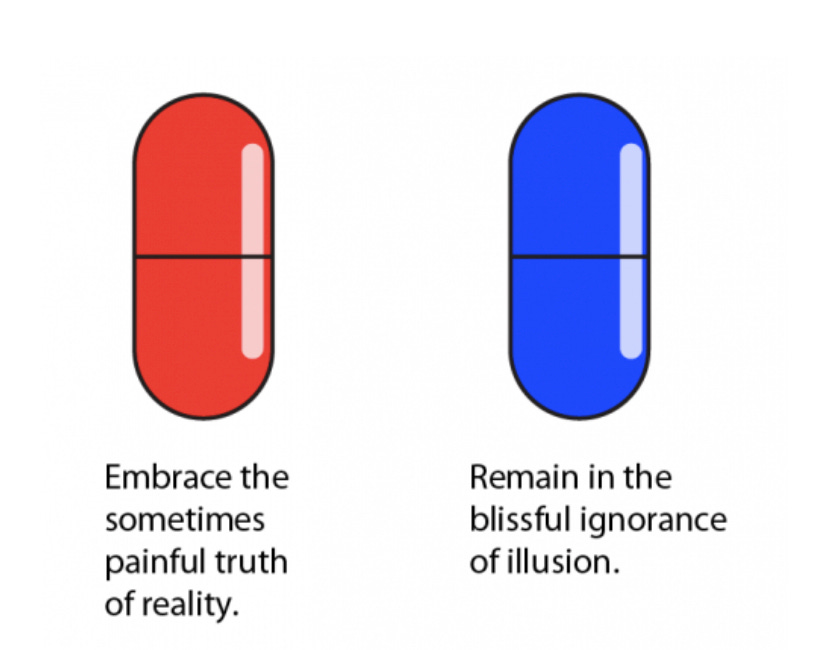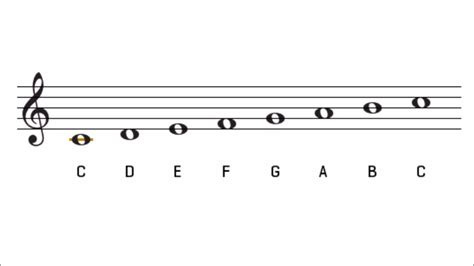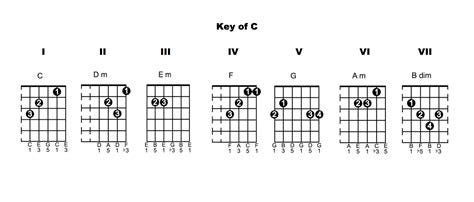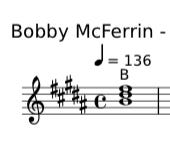The Regular Friday Post
Rando lyrics: "(We can be like they are) Come on, baby"
Last week’s rando lyrics: “Polk Salad Annie” Tony Joe White, Side 2/Track 1 on the album Black and White, 1968
Welcome to the Regular Friday Post!
So, the Circle of Fifths may be demystified a bit more and we’re gonna talk more about “modes”. After that imma stop talking about both of those things for a bit. Confusing? Yes. Is that a good reason not to talk about them? No, not really - it is a good reason not to talk about them specifically for a bit. I will try to work in some oblique references here and there, because I think “the better angels of our nature” (thanks, President Lincoln - he had a way with words, didn’t he?) will let them sort of grow just a smidge over time. In context, they each may make a little more sense, later on...
Okay, so off we go:
So this thing. Of course you can find a chart that will show you the notes in a given scale, or the chords in a given key. Yes, of course you can! What that chart won’t help you with is seeing the relationships between all of the 12 notes in Western music and the seven Diatonic notes in a scale or chords in a key. They are, like wizards, subtle and quick to anger. Ok, they won’t get angry, but it’s highly likely you’ll get frustrated if you dare to question the why of a scale or key that’s just notes or chords. These are typical:
Why aren’t there sharps or flats? Because we know the C scale is unique amongst scales: it has no sharps/flats. The other eleven do. If the scale doesn’t have any sharps or flats, the roots of the chords in the Key of C won’t have any sharps or flats either. The other Keys will. How do we know?
We can “read” the Circle of Fifths. Usually everybody that talks about this just uses the Key of C because it doesn’t have sharps/flats and that’s perceived as easier to understand. I’m going to give you credit for being intelligent, reasoning musicians who just may have been a bit mystified by the Circle of Fifths because it’s complicated, or maybe you just considered it obsolete. Yesterday I ran out of space or I would have included this:
It’s the “Signatures” (Key, Time and Tempo) for Mr. McFerrin’s song “Don’t Worry, Be Happy”. The Key is BMajor, The Time is 4/4 (“common time” that’s why there’s a “C” looking glyph there instead of 4 over 4), and the Tempo is 136 Beats Per Minute (BPM) and that’s a pretty quick tempo. So the Circle of Fifths is handy for deciphering quickly “Key of BMajor” from that little mess of “sharps” symbols. On the Circle above it’s in the lower right hand corner between the EMajor and F#Major/GbMajor notes/keys. So, without having to search anywhere else for a simple list of the chords in BMajor, what are the IV and V chords of BMajor? The Circle of Fifths is “The Circle Of Fifths To The Right (Clockwise)”. One step to the clockwise side is F#. That’s the fifth of the BMajor scale, or the V chord of the BMajor Key. To the left, counterclockwise, the Circle of Fifths transforms into a Couterclockwise Circle of Fourths. What’s the IV chord of BMajor? One place counterclockwise is E, that’s the fourth of the scale, IV chord of the Key.
Directly inward, towards the center of the circle, is “G#m”. What’s that? It’s several things. It’s the sixth note of the scale of BMaj, it’s also the vi- chord of the Key of BMaj and it’s also the root of the relative minor key, G#minor. Remember, relative minor keys always “start” on the vi- of the relative Major Key. So that’s handy.
To the left (counterclockwise inside the innermost circle) of that is the note: C# (disregarding the m for minor, which doesn’t apply in the scale) which is second of the scale, but the C#m chord is the ii- chord of the key, and to the right (clockwise) is the note: D# (disregarding the m for minor, which doesn’t apply in the scale) which is the third of the scale, but the D#m chord is in the Key, and it’s the iii- chord of the key.
Further in the clockwise direction inside the inner circle is the seventh - the Bb note in the scale, BbDiminshed chord in the key (I know it’s marked as a minor, but relative to the root BMaj, it’s diminished - a minor triad - meaning a flatted third, but now it has become a diminished triad - meaning a flatted fifth as well). Also note that because it’s the key of BMajor, the last interval is only a half step to the octave, that’s why the seventh is a Bb. You can think of it as an A# note, A#dim chord if it’s easier to get your head around, they’re the same note/chord, just with their other names.
Moving On: Modes as Keys rather than scales:
I admit, I’m not really smart on modes. It’s kind of a Rubicon river for me, I’ll dip my toes in, maybe paddle about a bit, but I’m probably not fully committed to crossing it…yet. At some point I will, and maybe then I’ll have gone full Caesar on the whole thing and declare myself Emperor Of Modes. Or something. (Ed. Yes, I know that’s not entirely historically accurate…)
So- what do? Well, he says… imma add in some links to folks who do know what they’re talking about below, but first revisit the whole purpose of modes to begin with. First, the Ionian and Aeloian modes are really just the Major and minor scales, which we already know how to build Keys off of using the formulas. Remember, it’s all more about intervals than the notes/chords. and as the intervals change in the remaining mode scales so perhaps does the perception. I’m using “perception” here instead of the word “moods” because any one individual’s perception of happy/sad/light/dark/upbeat/downbeat, whatever, may or may not be the same as every, or any, other individual’s perception of a mood. But as individuals we can see and perceive the changes to flatted/unflatted notes as they’re different from our more common experience with the Major and minor scales.
That’s really all there is to it.
If you’re playing in a mode, or borrowing “unusual” chords from different modes, you’re likely doing so because your listener may perceive the change, and that perception may produce a “feeling” of happy/sad/lighter/darker, etc. If you’re playing notes/chords specific to a mode, you’re not playing non-Diatonic notes or chords. If the note or chord is part of one of the modes, it’s Diatonic to that mode. Auuugggghhh!
Without being too self-referential (Ed. is there a point of perfect self referentialism? Disregard, merely posing the question probably passes that point if there is one…) the “feelings” mentioned above can be explained as emotional responses. Yesterday in The Famous Thursday Post we talked about emotion in lyric writing. I don’t want to cross any interdimensional subject matter/dateline boundaries here, but…I’m just sayin’ there’s stuff in that post is all. Just sayin’…
So, best to stop talking now and let you read. If you took the blue pill, or are regretting taking the red pill, now may be the time to skip down to a picture of my cat…
Again, I’m just sayin’.
Modal Scales and Chords (Ed. This one is pretty advanced on the “Music Theory as Rocket Science” Scale. The following 2 links may be of help if you’re going down this rabbit hole….)
Space Saving Disclaimer!: This Substack, (not just the first one!) is free, always will be, none of the people or companies or products I link to or write about pay me a damn thing. Neither do you unless you buy my song(s) (See what I did there?). Some stuff may be copyrighted by somebody else…whatever. “Fair Use” doctrine for “educational purposes” (Link: Fair Use) applies, suckers! No stinkin’ AI here unless it’s in something I link to. So.
Michael Acoustic
Thanks new Subscribers!!!!!! Mika, the Cat, welcomes you!!
This Week’s Conversation With Mika:
Mika: Seriously, human?
Mika: Go Away! Seriously, stop waking me up!
Me: smirks in human…
Links: (Only a few, email limit)
From Acoustic Guitar Magazine:
Mapping Triads On The Fretboard
Music Of John Hurt (Ed. The title includes the nickname “Mississippi”, but Mr. Hurt is reported to have never cared for it, so I always leave it out)
Other Voices:
Other Voices Too:
This is Part 2, you just have to scroll down a bit.
A Song To Play: (Ed. As usual lately, I’m near the email limit, so we’ll pick this section up next week - sorry!)
Shameless self promotion section (Not giving this up though!)
My song is out! “Long Road Back” (click on link for streaming options)
What I’m Listening2: So, yeah - it says “Emotional” in the title, so they probably are. Your mileage may vary…
Cheers and keep playing!!
Michael Acoustic
“It’s never really final - you just run out of things you can bear to change…”










Good stuff, Michael ... even though I'm a novice at understanding solfège and composition techniques.
Oh, I have similar conversations with my cat, Loki. He gets indignant and yells at me all the time. Then he lays down.
By the way, I'm working on my next Substack piece ... this one on Paul Simon. He has a new album out (that used to be a big thing in my younger life, but not anymore). He's 81, deaf in one ear, but is trying to decide whether or not to tour again. Just curious ... do you consider him just a singer/songwriter like Dylan and Joni Mitchell, or a composer along the lines of Cole Porter, Irving Berlin, etc.?
Good stuff, Michael........I think I've landed on a sane work-around to the mind-numbing effects of The Circle of Fifths. Take it to your local pub: "Yeah, I'll take a handful of vodka bottles, and do me a favor....could you arrange them in.....oh, I dunno....a circle?" Bon aperitif!